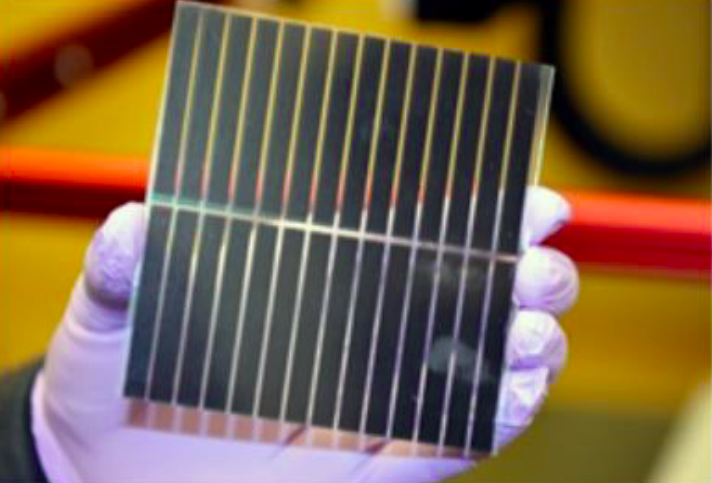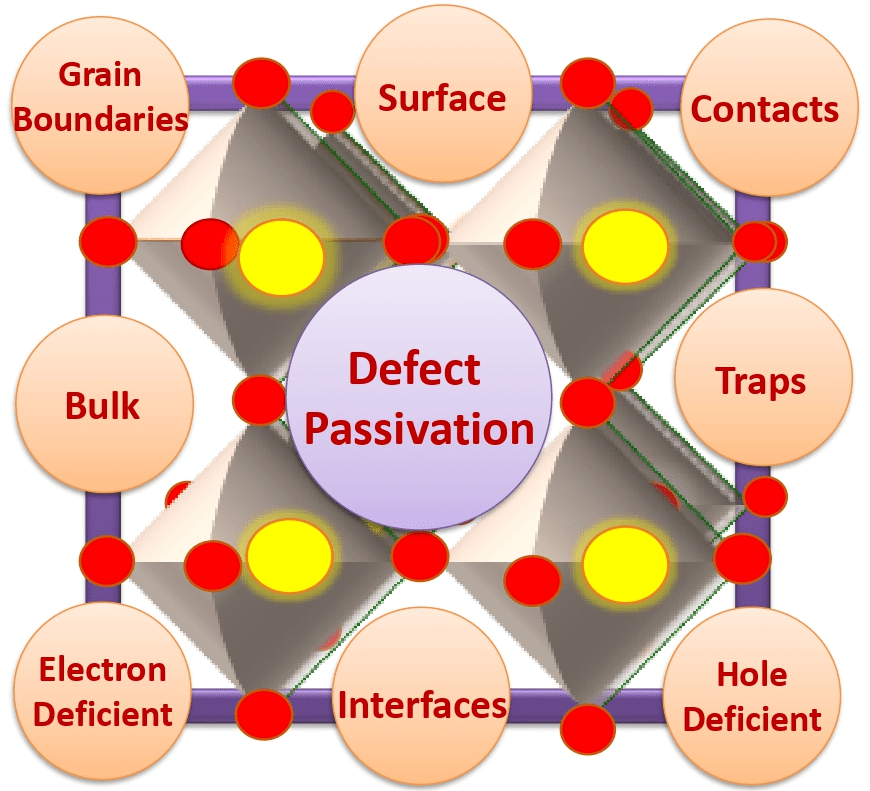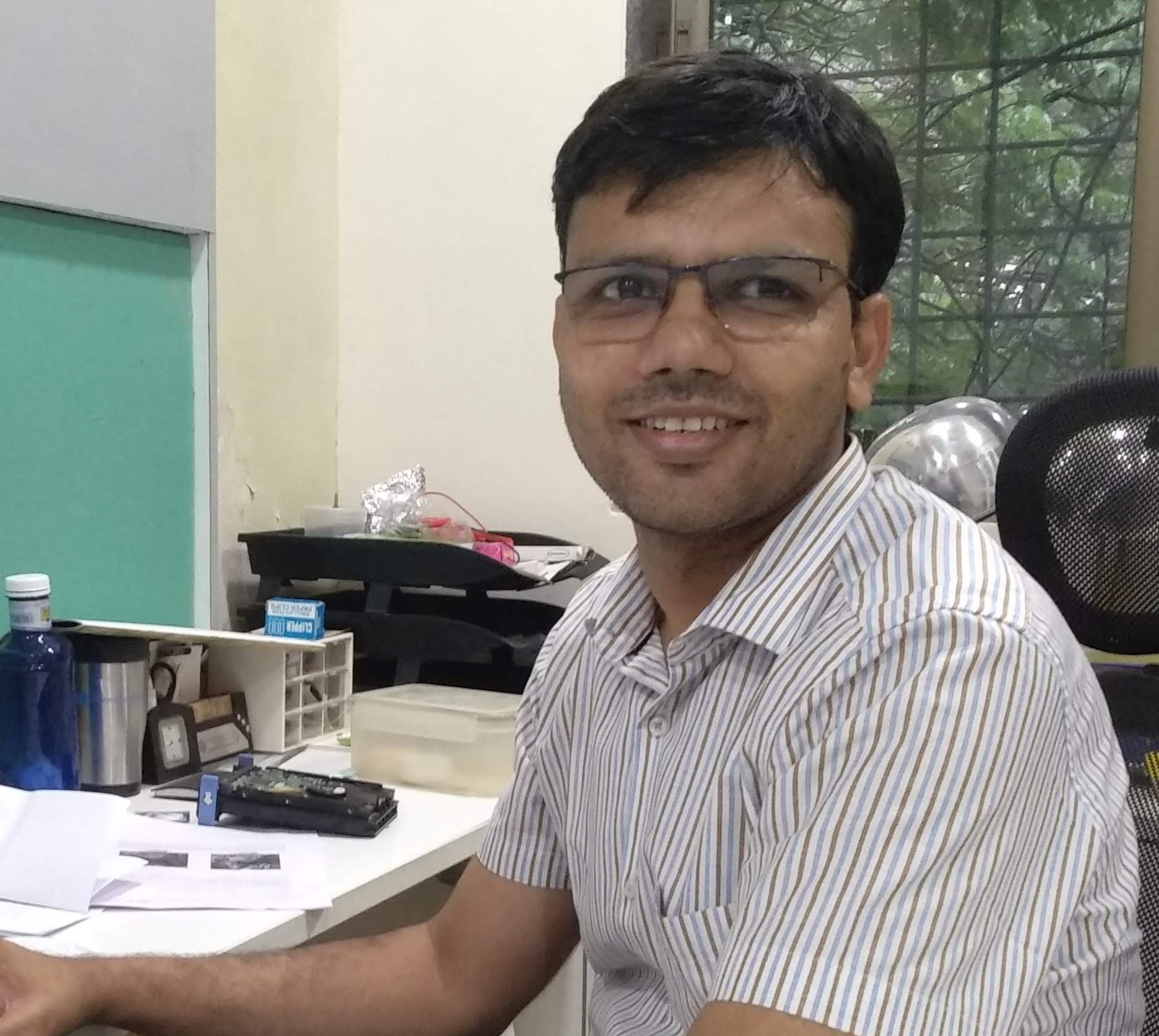


The recent advancement in the efficiency of Perovskite Solar Cells (PSCs) from 3.9% to 25.5% in a decade has brought the spot light of PV community on these wonder materials. Now, the efficiency of PSCs is comparable to crystalline Silicon solar cells, there are efforts to make this technology commercially viable due to inherent understanding the use of small energy budget to prepare these cells. It is agreed in community that, this technology has less energy payback and financial payback then current technology. Furthermore, the tunable bandgap of lead halide perovskite makes a suitable candidate for the Si/Perovskite tandem solar cell with an opportunity to increase energy generation yield without affecting much on production cost. However, researchers still don’t know understand fully how does lead halide perovskite works so well despite of ion migration, defects sort of challenging known problems, which are hindering its stability aspects and preventing it to enter in commercial level. At, NCPRE, the Thin-film group is trying to address some of these concerns via device and photo-physics with these wonder materials.
In a recent review article, Prof. Kabra’s group explained the different kinds of imperfection and discussed their impact on the charge carrier transport in the PSCs through optical studies. The imperfections such as heterogeneity at different length scales, static vs dynamic disorders, defects in the bulk, at the surface, grain boundaries, and at the interfaces of the solution-processed hybrid metal halide perovskite semiconductor are known to be detrimental for the solar cell performance. These imperfections influence the voltage losses and charge transport by the formation of undesirable non-radiative channels. The photo-generated charge carriers recombine via these non-radiative channels and hamper the performance of perovskite solar cells (PSCs). Scientists are aiming to decode the nature of these defects by having a better understanding of their origin and developing novel engineering techniques for the passivation of defect states. Finally, this review provides an insight into the defect dynamics and passivation strategies that allow us to understand the nature of defects and helps in the development of future trends in passivation methods.




